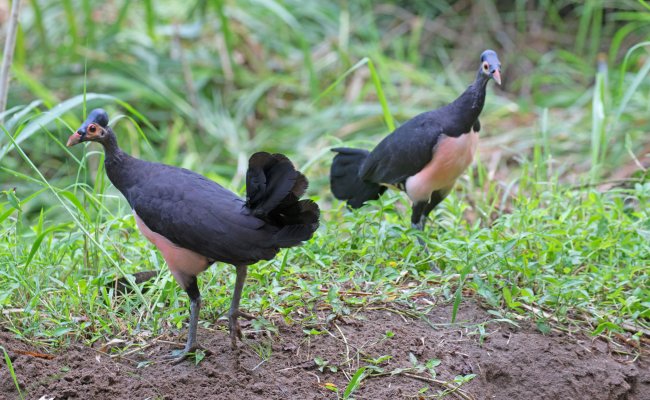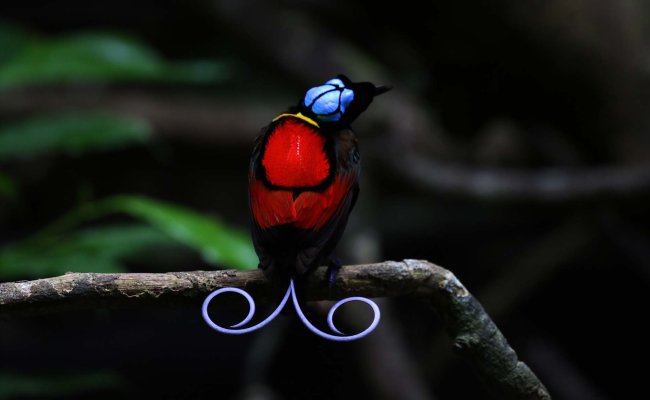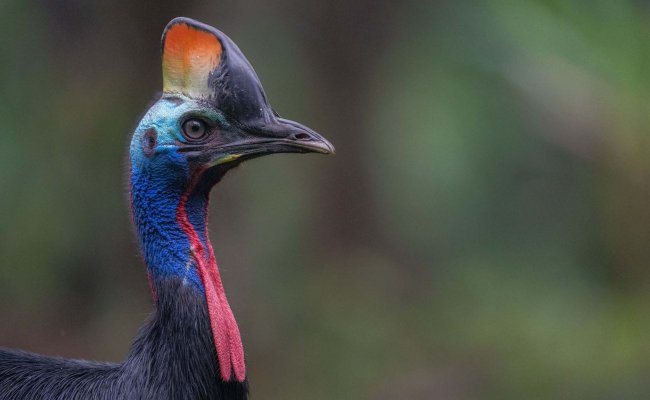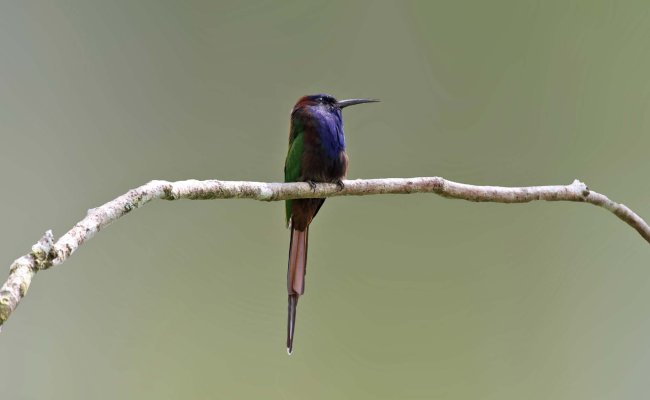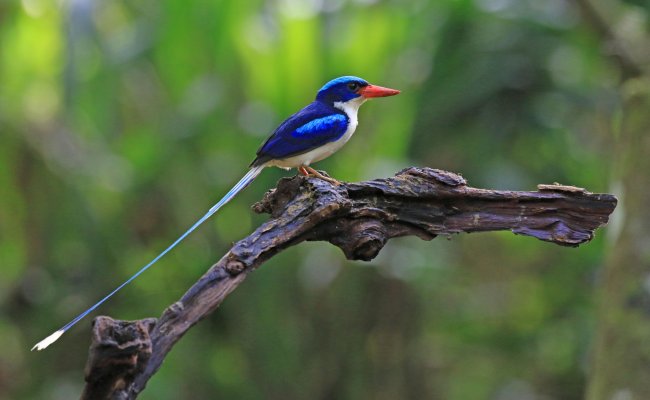BIRD OF PARADISE: Paradisaeidae
The Birds of Paradise (BoP) belong to an extraordinary family known as Paradisaeidae, primarily found in the lush landscapes of New Guinea. Out of the 41 known species within this fascinating family, 37 species are endemic to the New Guinea Region. Their distribution spans from the Northern Moluccas, across New Guinea, and down the eastern coast of Australia. In the dense, vibrant forests of New Guinea, these birds inhabit a variety of elevations, but the highest diversity is typically seen in the enchanting mid-mountain zones, ranging between 1,500 to 2,100 meters.
As the Paradisaeidae family is currently defined, it no longer encompasses satinbirds, which have been categorized into their own distinct family, nor does it include the genus Macgregoria, recognized as the Giant Wattled Honeyeater.
These stunning birds of paradise showcase an impressive variety of feeding habits, bill shapes, body forms, and elaborate plumage. Despite their diversity, they are a taxonomically compact group, renowned for the males’ extraordinary nuptial plumages and intricate courtship displays that captivate bird enthusiasts and casual observers alike. Typically, the birds of paradise possess a body plan reminiscent of crows, featuring robust bills and powerful feet. All species have adapted to a frugivorous and insectivorous diet, marking them as vital contributors to seed dispersal in their ecosystems.
The family branches into two distinct groupings, each characterized by unique breeding behaviors. The Glossy-black Manucodes, comprising five species, are noteworthy for their sexual monomorphism; males and females exhibit similar physical traits, and they form social monogamous pairs, sharing responsibilities in nesting. Although they may lack ostentatious ornamental plumes, these manucodes are particularly remarkable as the only songbirds worldwide that possess an elongated trachea. This unique feature can either coil (as seen in Phonygammus) or loop (in Manucodia) beneath the skin of their breasts, functioning like a trumpet to amplify their melodious songs.
In contrast, the polygynous “true” birds of paradise display a splash of vibrant colors in their adult males, adorned in stunning ornamental plumage that they flaunt to attract mates. The females, clad in cryptic brown or black feathers with subtle barring underneath, contrast sharply with their colorful counterparts. Young males resemble females closely, but they are slightly larger and undergo a prolonged maturation process before donning their flamboyant adult plumage. Upon reaching full maturity, male birds establish and vigilantly guard a display court—a perch where they perform to attract females. Depending on the species, males might display individually or in groups called “leks.” The onus of nest-building and offspring-rearing falls solely on the females of these polygynous species.
A fascinating outcome of their promiscuous breeding habits is the occurrence of hybrids—offspring born from parents of different species. Museum collections reveal a surprising array of bird of paradise hybrids, including intriguing combinations such as Paradigalla X Astrapia and Magnificent x King BoP crosses. These hybrids can exhibit appearances that are intermediate between their parent species, while in some cases, their looks can be quite bewildering to observers. Intergeneric hybrids are exceedingly rare in the wild, with the most commonly observed hybrids occurring between Ribbon-tailed and Stephanie’s Astrapias, as well as Greater, Lesser, and Raggiana BoPs.
Adorned with striking beauty and captivating performances, the Birds of Paradise hold a prominent place in local folklore and traditions. Their exquisite plumes often find their way into traditional attire for festive and ceremonial occasions. Despite the hunting pressures on adult males for their striking feathers, many species maintain stable populations in proximity to rural villages. Whether residing near human settlements or inhabiting the most remote jungle depths, one will typically encounter the elusive brown-plumage females and immature birds far more often. Thus, mastering the art of identifying these subtler forms becomes crucial.
It is essential to note that males of many iridescent species can appear anywhere from partly to completely black depending on the light conditions, which may obscure their vibrant plumage and complicate identification efforts. To enhance the chances of spotting male birds of paradise, one must invest time in understanding their specific display habits and behaviors, coupled with knowledge of their preferred habitats. Engaging a local guide to uncover display sites is highly recommended. Alternatively, for those seeking to find displaying males independently, tuning into their melodious songs can lead you to their impressive display grounds. When not actively displaying, a patient observer may catch sight of a male resting on a favored perch in a tall tree, especially after a refreshing rain—scanning ridge crests with a telescope can reveal these hidden gems.
Another fruitful method to observe these magnificent birds is to position oneself near a fruiting tree and wait patiently; over time, a variety of species may arrive to feed. Even random encounters with females and young birds are frequent, as they can often be spotted delicately moving along branches in search of prey. Both males and females can also be seen mingling in mixed flocks within the lowland regions.
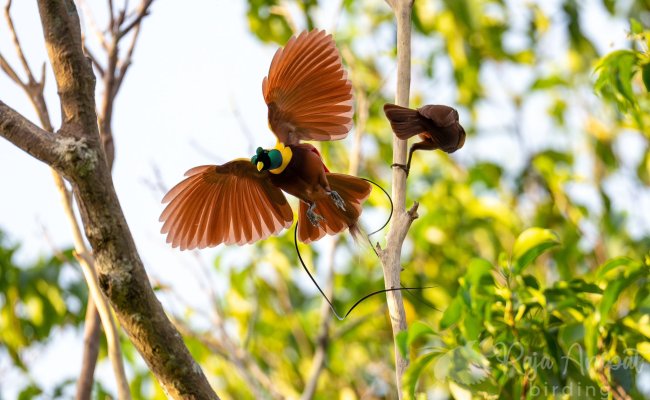 Red Bird of Paradise, Copyright by Staffan Widstrand
Red Bird of Paradise, Copyright by Staffan Widstrand
